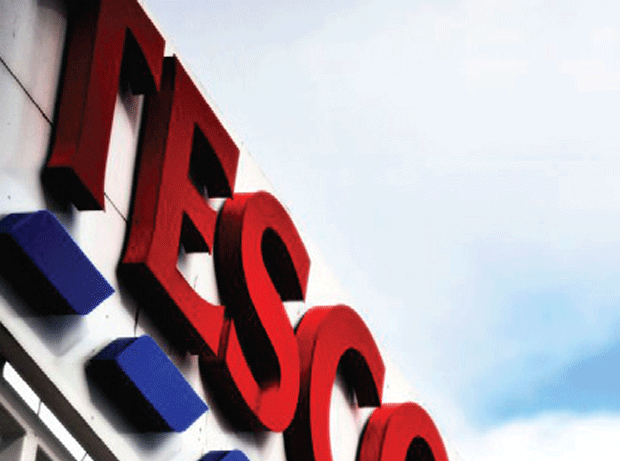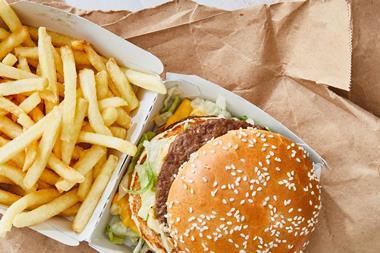Fmcg brands can’t claim to have been early adopters of new digital advertising opportunities. As recently as 2009, they accounted for just 9% of the then-£709m digital display spend.
But they are big converts. Heinz, Weetabix and others now devote as much as 30% of their marketing budgets to digital. Fmcg brands increased their spend by 226% to £208m, and their share of this now £1.3bn market has soared to 16%.
One reason for digital’s growth is the accuracy with which the likes of Facebook can target consumers. That old Lord Leverhulme quote - “half the money I spend on advertising is wasted, and the problem is I don’t know which half” - now looks as outdated as a 1950s TV set. Another reason is the sheer popularity of new media. If a brand wants to be where the ‘kidz r @’, that means digital and social media.
“If a brand wants to be where the ‘kidz are @’, that means digital and social media”
Adam Leyland, Editor
So is traditional advertising set to die a slow and painful death? While growing like gangbusters, another fascinating insight in our cover story on Britain’s Biggest Advertisers is that new media is actually most effective in conjunction with old media. In other words, the so-called ‘second-screen’ revolution is giving old media a new lease of life.
Of course, traditional advertising is declining, and this applies to retailers as much as fmcg brands. In fact, only two of the top 20 retailers increased traditional media ad spend in 2012. But one of these was Aldi, and its success will surely form the basis of future case studies on the effectiveness and merits of advertising.
Aldi is also bucking the trend on the property front, one of many discounters who give the lie to claims the supermarket space race is over. Mind you, even in Tesco’s case, that claim looks dubious. Fifty years ago this week, The Grocer reported that Tesco was bidding to extend its 55-store estate to 100 stores by 1965. Sailing past the 3,000-store barrier, it’s sobering to think it launched three times that many stores last year - more than any other UK grocery retailer - including several supermarkets. And it’s planning to open a similar number in the next 12 months.















No comments yet